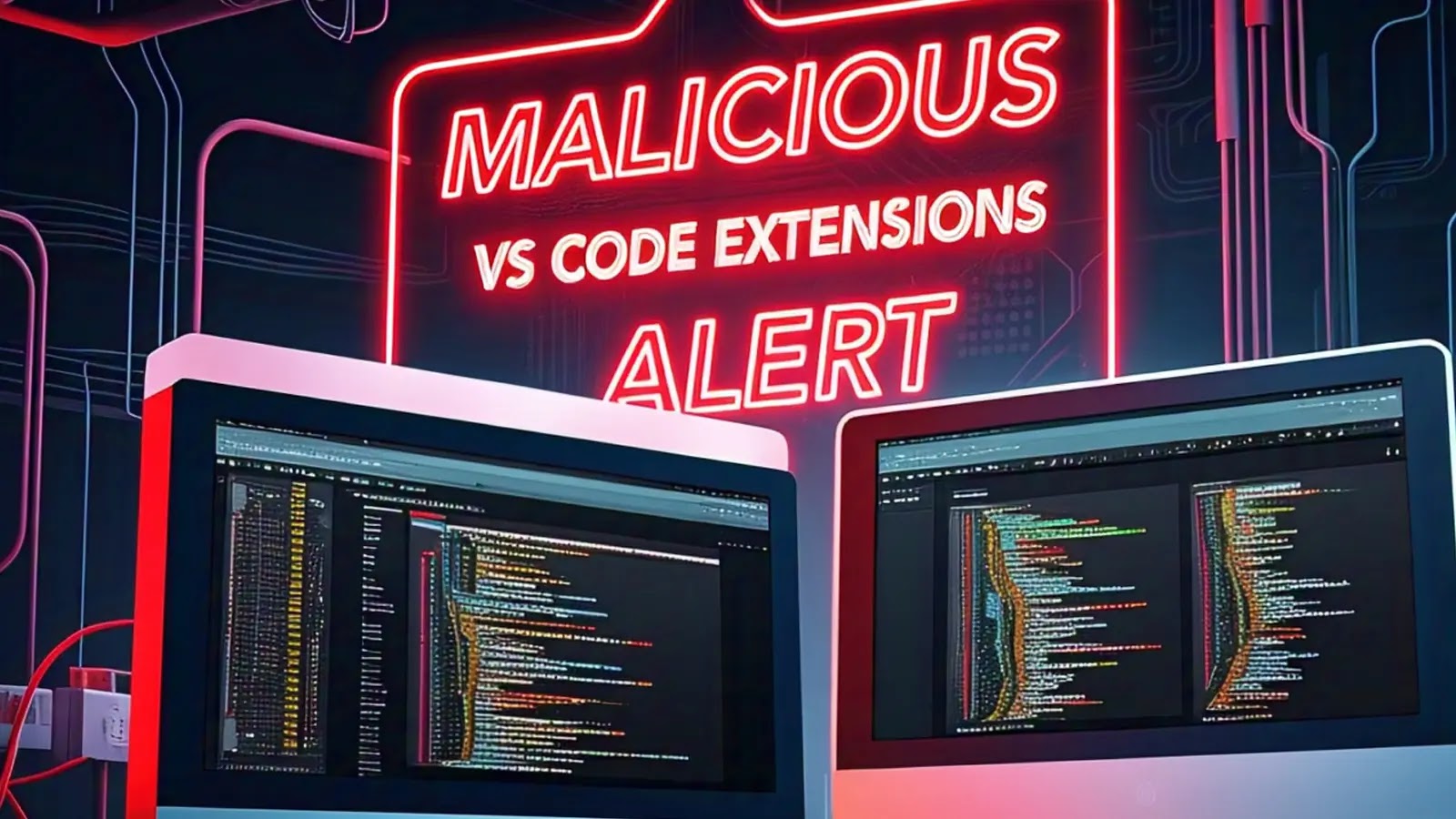.png
)
The Evolving Role of GRC in Modern Business
As businesses face an increasingly complex nexus of sustainability, digital security, and regulatory demands, the traditional silos of Governance, Risk, and Compliance (GRC) are proving inadequate. Today’s GRC strategies must embrace a holistic approach, integrating Environmental, Social, and Governance (ESG), cybersecurity, and regulatory requirements to forge a path towards organizational resilience.
Unlocking Synergies Across Risk Domains
Integrating ESG considerations, cybersecurity threats, and regulatory frameworks no longer serves as an option but a necessity. This fusion enhances decision-making and efficiency, offering a strategic competitive advantage:
- Enhanced Resilience: A unified risk management strategy increases the organization’s ability to anticipate and mitigate risks seamlessly across different areas.
- Improved Decision-Making: Integrated insights help prioritize and allocate resources more effectively, ensuring that significant risks are addressed promptly.
- Efficient Resource Allocation: By consolidating risk assessments and management, organizations can eliminate redundancies and optimize the use of resources.
Transformative Impact of Technological Enablement
The next wave of GRC evolution is characterized by robust technological frameworks that facilitate cross-functional collaboration and enterprise-wide risk intelligence, paving the way for innovative risk management strategies.
A Strategic Framework for Implementing Integrated GRC
Adopting an integrated approach to GRC involves a multifaceted strategy encompassing technology, culture, and governance:
- Enterprise Risk Taxonomy: Establish a comprehensive risk classification that spans all critical domains, fostering a unified risk language.
- Unified Control Framework: Streamline controls across various domains to enhance oversight and control rationalization.
- Integrated Technology Architecture: Break down data silos to facilitate effective information sharing and real-time risk intelligence.
Leadership Imperatives in Integrated GRC
Beyond strategic measures, the successful implementation of integrated GRC relies significantly on leadership. The prime focus should be on:
- Developing Multidisciplinary Talent: Cultivate skills that span across ESG, cyber, and regulatory frameworks to enhance team capability in handling complex risk scenarios.
- Engaging Stakeholders: Maintain transparent communication with all stakeholders to outline the benefits and strategic value of integrated risk management approaches.
As the boundaries between different risk domains continue to converge, the ability to adapt and integrate will define the future-ready leaders and organizations poised for success in an uncertain global landscape.
Stay Updated! Follow us on Google News, LinkedIn, and X for instant updates on emerging risks and strategic GRC insights.
Related: 7 Alarming Ways Hackers Exploit MMC Scripts to Deploy MysterySnail RAT
Last Updated: April 17, 2025




